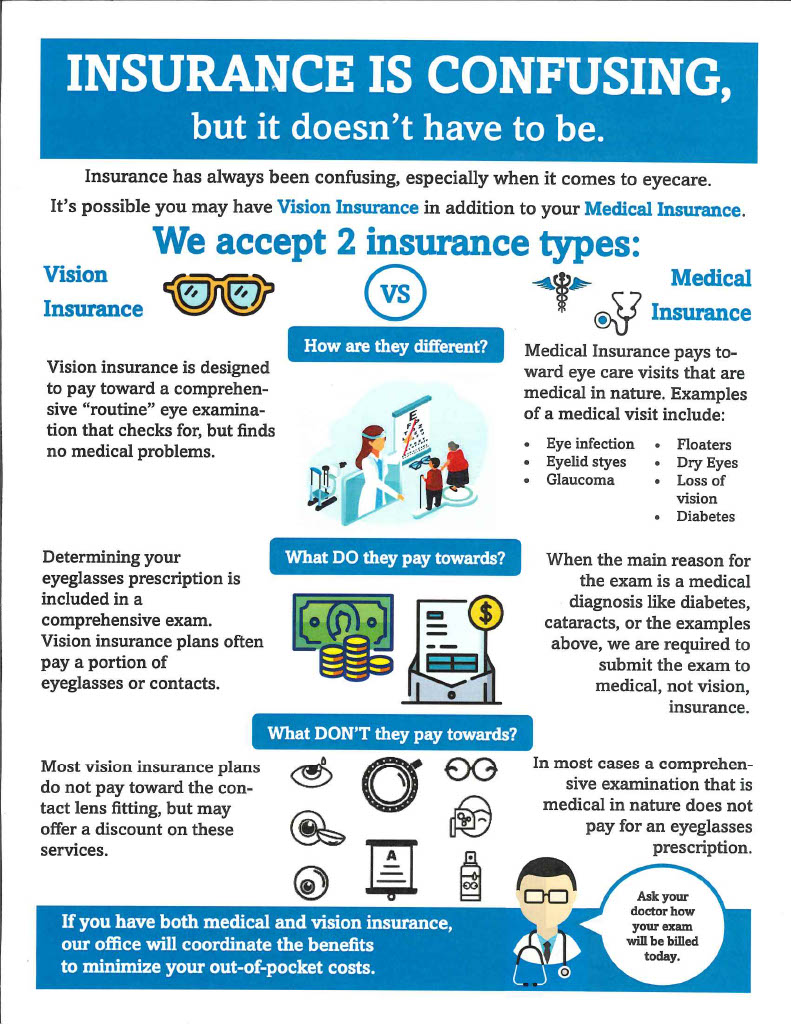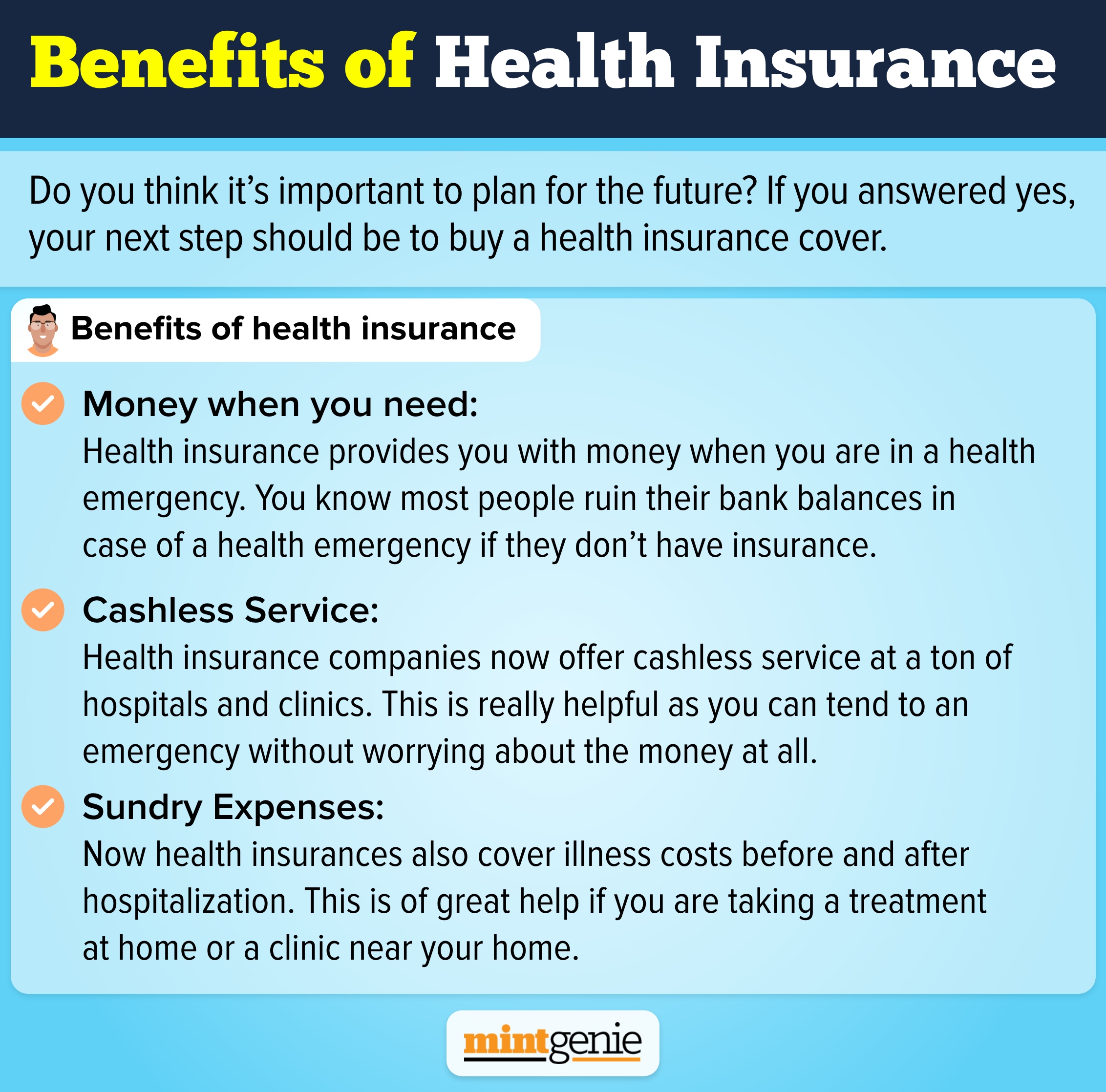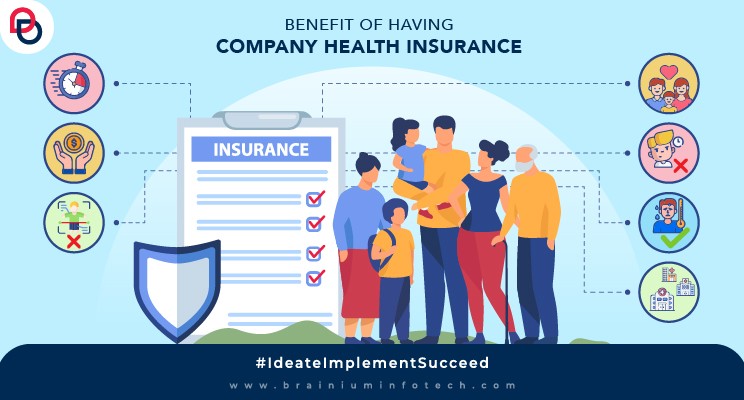Getting My Medicare Advantage Agent To Work
Getting My Medicare Advantage Agent To Work
Blog Article
Facts About Medicare Advantage Agent Uncovered
Table of ContentsFascination About Medicare Advantage AgentAn Unbiased View of Medicare Advantage AgentMedicare Advantage Agent Can Be Fun For Everyone

follows from complies with the puzzling young fairly profile of account uninsured with the better healthFar better wellness average, of younger persons. For those without accessibility to work environment health and wellness insurance, poor health is a possible barrier to acquiring nongroup protection since such protection may be highly valued, leave out preexisting conditions, or be just inaccessible. Unless or else noted, nationwide quotes of people without health and wellness insurance coverage and proportions of the populace with different kinds of coverage are based on the CPS, the most widely used resource of estimates of insurance policy protection and uninsurance prices.

Top Guidelines Of Medicare Advantage Agent
The partnership between health insurance and accessibility to care is well developed, as recorded later in this chapter. The partnership between health and wellness insurance coverage and health end results is neither straight nor simple, an extensive professional and wellness solutions research study literary works links health and wellness insurance policy coverage
to improved access accessibility care, better far betterTop quality and improved boosted and population populace status. The second record, on personal wellness outcomes for uninsured grownups, is represented by the inner circle of the figure, while the 3rd report, on family well-being, encompasses the subjects of the second record but stresses a different unit of analysis, namely, the family.
It focuses specifically on those without any kind of health insurance coverage for any length of time. The problems faced by the underinsured are in some areas comparable to those faced by the without insurance, although they are typically much less severe. Uninsurance and underinsurance, nonetheless, involve clearly different plan concerns, and the strategies for addressing them might differ. Throughout this research study and the five reports to follow, the primary focus is on persons with no wellness insurance coverage and therefore no help in paying for healthcare past what is available through charity and safeguard organizations. Medical insurance is a powerful factor influencing invoice of treatment because both individuals and physicians react to the out-of-pocket rate of services. Medical insurance, however, is neither required neither sufficient to get to clinical services. The independent and straight result of health and wellness
insurance coverage protection access to health wellness is well establishedDeveloped Others will obtain the health care they require also without medical insurance, by paying for it expense or seeking it from service providers that supply care complimentary or at highly subsidized prices. For still others, medical insurance alone does not guarantee receipt of care as a result of various other nonfinancial obstacles, such as a lack of health treatment providers in their neighborhood, restricted access to transport, illiteracy, or etymological and cultural distinctions. Formal research concerning without insurance populaces in the USA dates to the late 1920s and very early 1930s when the Board on the Cost of Treatment produced a series of reports regarding funding physician office sees and hospital stays. This issue ended up being prominent as the numbers of clinically indigent climbed up throughout the Great Clinical depression. Empirical research studies constantly sustain the web link between accessibility to care and boosted wellness results(Bindman et al., 1995; Starfield, 1995 ). Having a regular resource of treatment can be taken into consideration a forecaster of access, instead of a straight measure of it, when wellness end results are themselves made use of as gain access to indications. This expansion of the notion of access dimension was made by the IOM Board on Monitoring Gain Access To to Personal Healthcare Solutions(Millman, 1993, p. Whether or not parents are guaranteed appears to influence whether their kids obtain care in addition to just how much careeven if the children themselves have protection(Hanson, 1998). The wellness of parents can influence their capacity to care for their children and the level of family members stress and anxiety. Stressing over their children's accessibility to care is itself a resource of anxiety for parents. 3 chapters comply with in this report. Phase 2 try this web-site offers an overview of just how employment-based health insurance policy, public programs and specific insurance plan run and engage to offer substantial but insufficient insurance coverage of the united state this link populace. This includes an evaluation of historic trends and public laws influencing both public and personal insurance policy, a conversation of the communications among the different kinds of insurance, and an evaluation of why people relocate from one program to an additional or wind up

Report this page